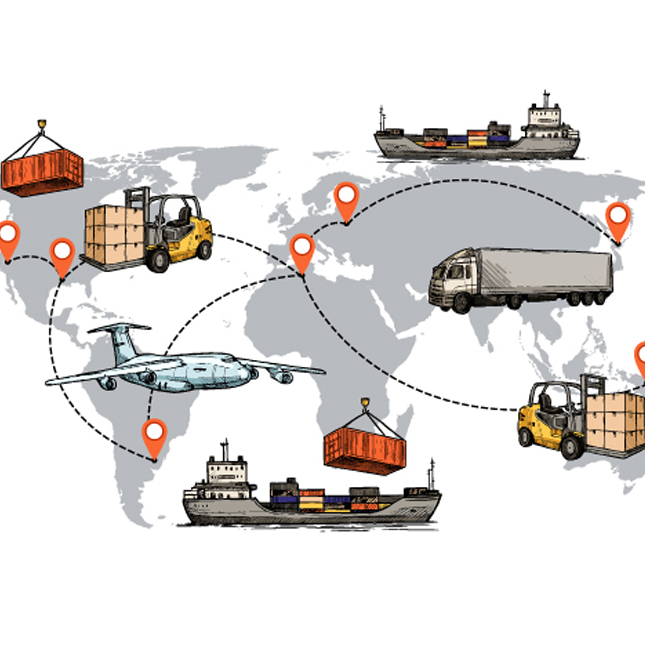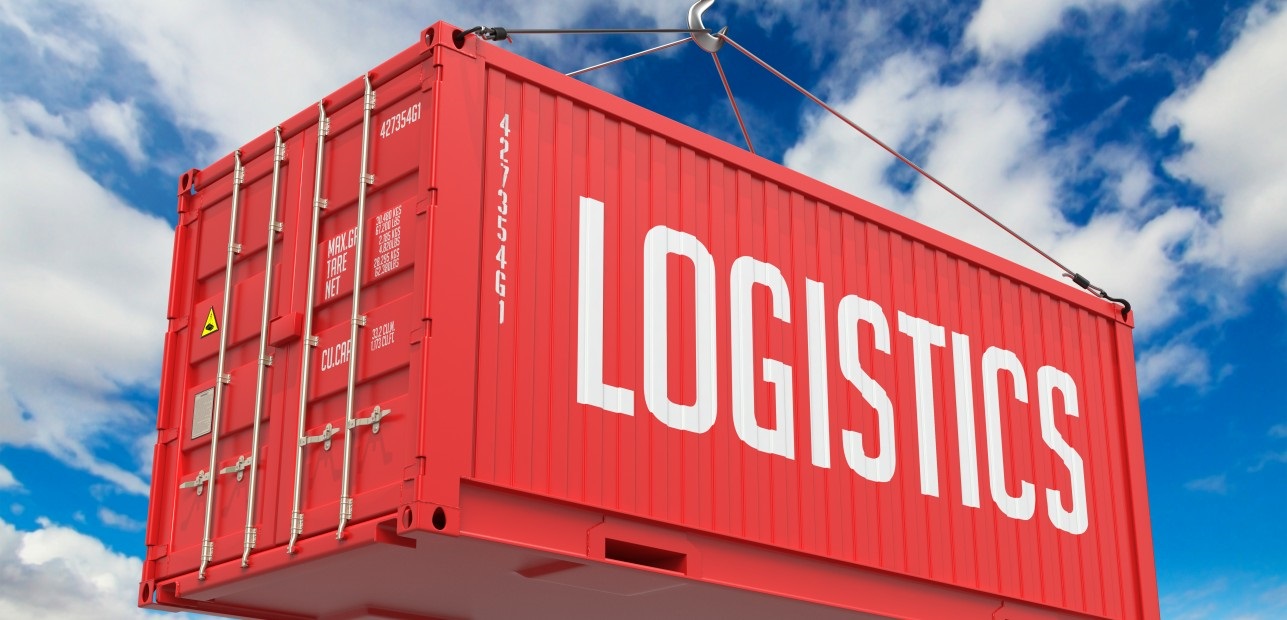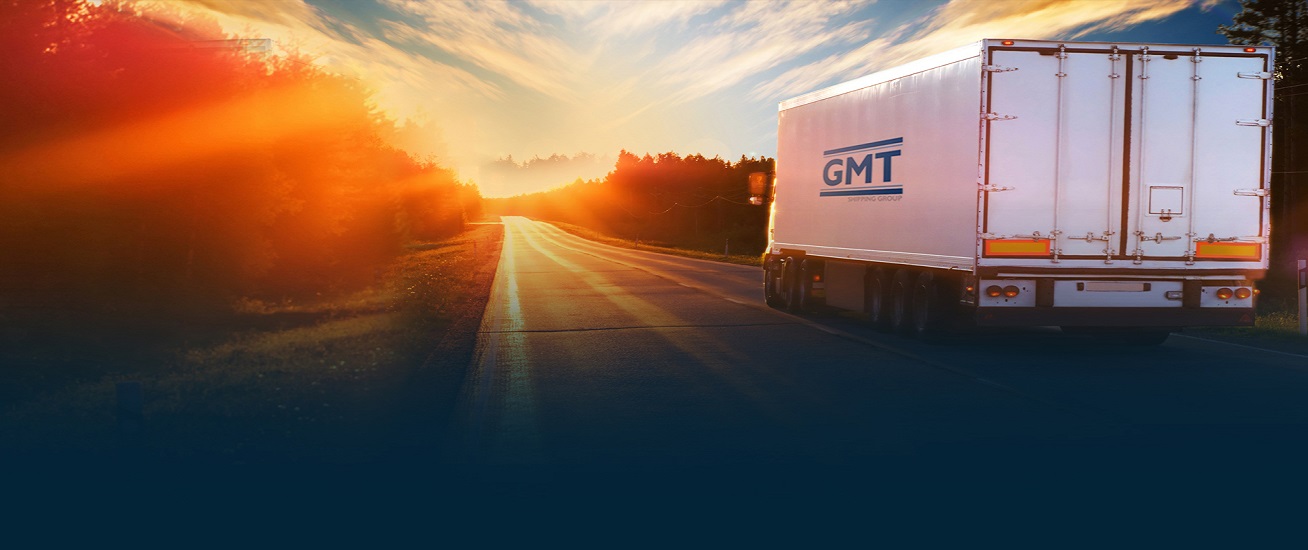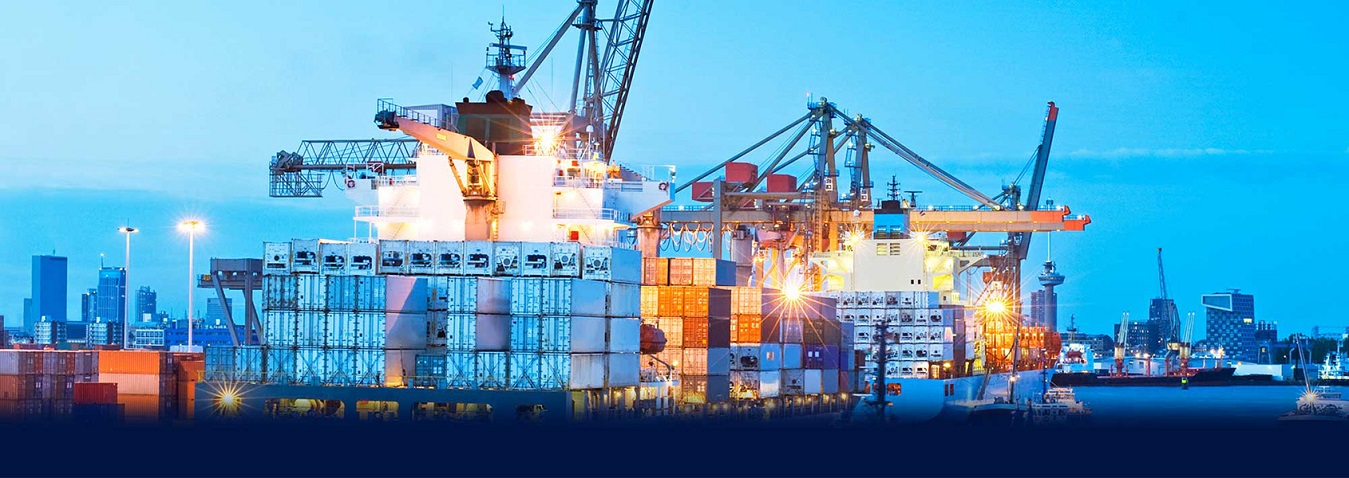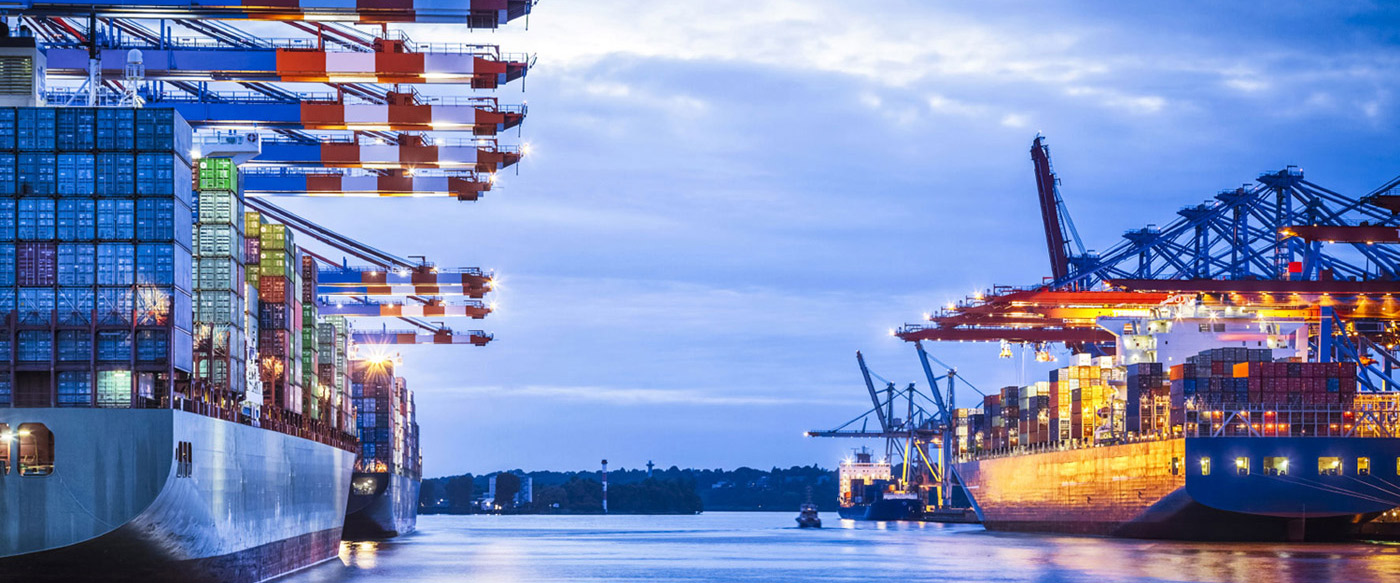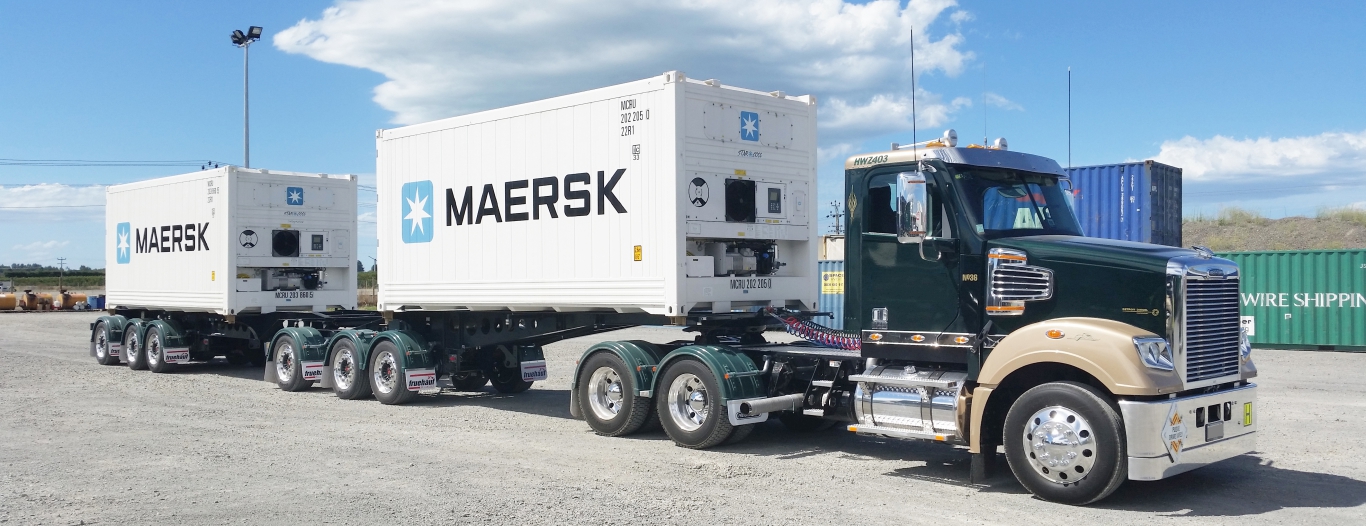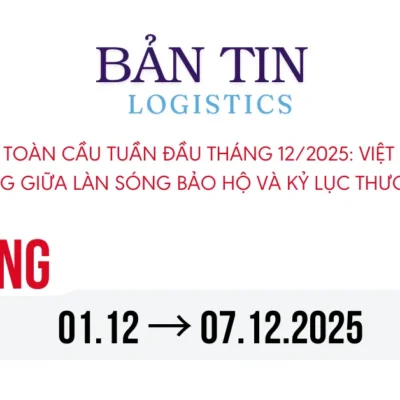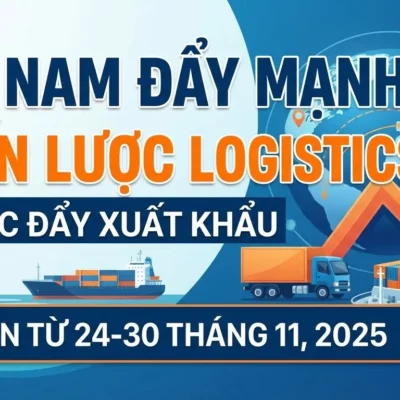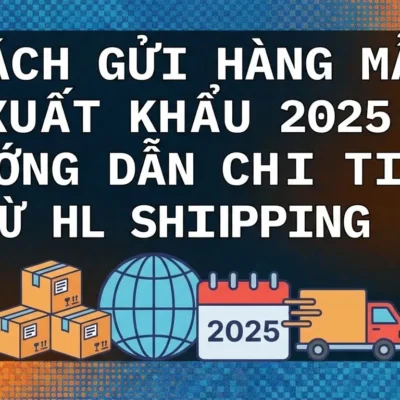Your cargo, we connect beliefs
Hotline:0903.309.909
Profession News
Home >> News >> Profession News >> The future of logistics is predictive. Here’s how.
The future of logistics is predictive. Here’s how.
Ever wondered why it’s not possible to see exactly where that delivery you ordered is right now, and when it will be delivered? The logistics of the future will not only solve that, but could allow your parcel to be close to your front door before you’ve ordered it. We discuss an industry where digitalization is overdue.

It’s very rare to experience magic in everyday life, but a small portion of that might be coming our way very soon. Let me explain. Last week I was to receive new coffee capsules after I made an online order. Unfortunately, the delivery time turned out to be longer than expected and left me without coffee. In addition, I couldn’t get an answer as to where the package was, other than that it had left the vendor’s premises. I’m sure you’ve had a similar experience with missing deliveries at some point, probably for less trivial things than coffee.
Online shopping has boomed in the past decade by more than 150 percent between 2014 to 2019 [1]. Of course, with the arrival of Covid-19, online sales have accelerated further. Although I’m not a die-hard Amazon Prime customer, and accustomed to same day delivery, I have, what I think, is a fairly reasonable demand on logistics deliveries, like being able to understand where my package is, and the day and time frame in which it will arrive.
Mục lục
An industry where digitalization is overdue
On the contrary to the average consumer, I’ve had the luxury of understanding why logistics companies fail to give me these simple answers. Recently, I had the privilege of studying the logistics industry, and I have come to understand some of its fundamental problems, which I, together with my colleague Anders Erlandsson, captured in the Pre-Emptive Logistics report. It includes things like the plethora of players involved in logistics, combined with the lack of poor collaboration incentives.
Consider that the International Road Transport Union (IRU) has a staggering one million members, with fierce competition among them. On top of that, they’re all at different stages of technological advancement. There are old and silo-based technology approaches in combination with the use of paper, pen and phone calls. This all results in a lack of transparency across the whole value chain. I could mention more problems like the complexity of ‘nested items’, meaning, which package is located on what pallet, on what truck, on what ship – but I think you have got the broad picture of the chaos already.
Logistics is central to many value chains
What’s so unfortunate with this picture is that logistics is such a central piece of the flow in many value chains, regardless of whether we’re talking about a single consumer’s coffee supply (and their subsequent loss of work concentration), or the logistics that surround a large hospital.
Consider the latter – how building material must arrive on site in the right order to enable progress, limit storage, avoid deterioration and avoid eventually becoming scrap. Knowing when things will arrive or understanding if unplanned incidents occur could cater for so much more efficiency, cost avoidance, better customer experience and even incur higher revenues for anyone offering certainty. The costs and savings multiply as the effects ripple downstream along the value chain – and the end user will often be affected too.
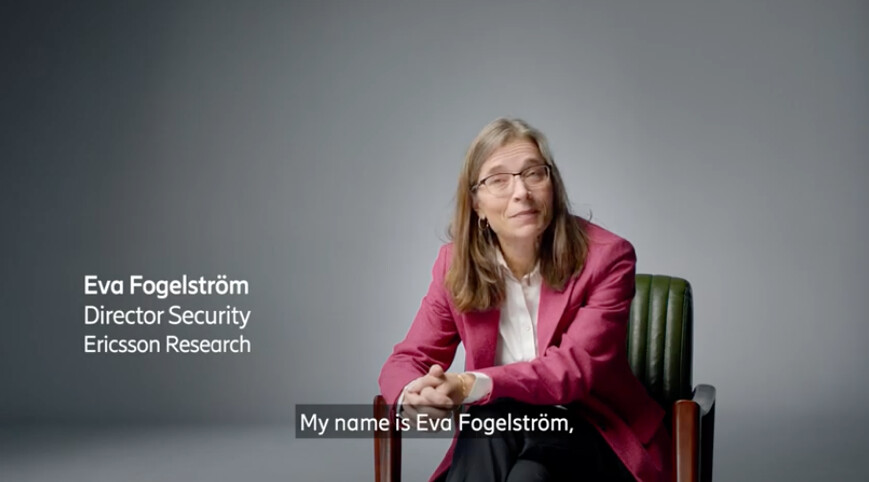
How logistics is set to change
How can such a situation be reversed? How could logistics companies get better control over their own fleets, their outgoing goods, and even incoming goods from suppliers? Surely, one way to go about it is to integrate vertically in the way Amazon is doing, by leasing their own planes (at least 80 now) and procuring their own trucks [2]. If you’re handling every step of the process, you have control. The world could end up with a couple of competing A-Z logistic silos like Amazon’s. But with increasing digitalization, improved data analysis methods, experience, and increased knowledge in how to benefit from AI, there will be ways to collaborate and coordinate between the different roles and all the players involved in each role across the global logistics chain.
Enabling visibility in one’s own logistics operations
Fundamentally, the first step for logistic companies is understanding more about their own assets in terms of the condition and whereabouts of packages, pallets, and if applicable, in what truck, vessel or location of fulfillment center and so on. Here, a range of technologies, ranging from basic cellular coverage to video recognition, could help companies get a real-time understanding of where and in what condition the merchandise is in. Connecting assets would be a great leap forward, as many companies mainly rely on inefficient analogue methods to keep some sort of track of their fleets and operations.
Matt Silver is co-founder and CEO of Forager Logistics in the USA, which handles a lot of cross-border traffic into Mexico. Silver put it well in an interview he took part in for the Pre-emptive logistics report: “Where is my truck?” is the number one question, all the time… I get phone calls and emails at 11 o’clock at night and 5 o’clock in the morning asking, “where’s my truck?”.
Transparency to see incoming deliveries
To understand incoming shipments, companies would need to share information about their outgoing shipments with others. Henrik Zsigo, Project Forwarder at industrial equipment manufacturer, Valmet, once explained to me: “Communication during transportation usually works well, but you always have to call and ask people, and follow up, to get status updates. I have no other way of knowing where the cargo is right now.”
Here, the internet – which has been the most successful collaboration platform in human history – could play a decisive role. All logistics objects could be represented by a URL, where it’s either:
1) A digital twin of a physical object, such as a vehicle, container, pallet, transport unit, product package or individual item
2) A digital document, such as an Air Waybill (AWB), Bill of Lading (BOL), and so on.
The URL could also be used to allow authorized partners to not only retrieve information, but to update event information that occurs during the lifecycle of a logistics object. This One Record, internet of logistics standards and instances Ericsson has developed together with the International Air Transport Association (IATA) and is a good example of how to implement a system that could work worldwide, across all logistics operations.
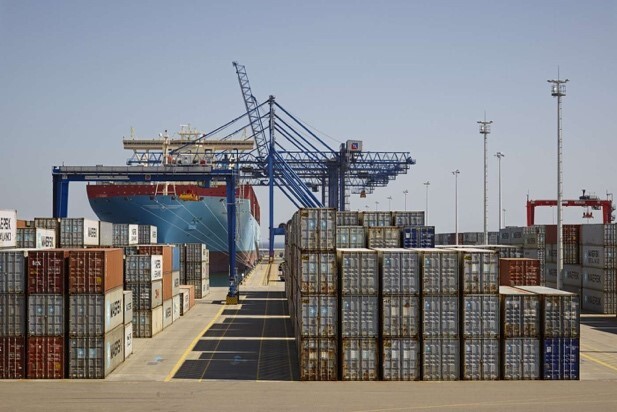
Optimizing logistics operations
As logistics entities or companies now have both the information about their own assets and incoming shipments, they can thoroughly optimize operations. Both suppliers, logistic companies and consumers are now empowered with a range of new opportunities. The fact that goods, pallets and other logistic assets are connected now means they also could convey information about themselves, their condition, their destination, their needs and other factors that affect the logistics handling.
Besides ensuring timely delivery, suppliers can ensure that goods arrive in the condition that is satisfactory to consumers. Packing and route planning will automatically become smarter and more optimized because the destination of each package is now known, ensuring pallets, trucks even ships and planes will be packed smarter. With the compliment of electric and even new types of self-driving vehicles (size and speed optimized for energy usage per load carried), suppliers can assure customers that their transportation systems have a minimal environmental footprint. In the unfortunate event of goods becoming damaged during transportation, they can ensure they’re rerouted and either returned or repaired, for instance.
Predictive logistics: the magic of pre-emptive shipping
Finally, as vendors with products delivered to customers start understanding the kind of demands that are expected where and when – and as they increase predicting this demand – they can also start shipping goods in advance, pre-emptively, towards their destination.
What would this mean for you and me as consumers? First and foremost, with connected packages and transportation, there would be visibility throughout the system. A consumer waiting for my coffee capsules, I would be able to know exactly where they were, and when to expect them. But on top of this, once I’ve received the capsules, it would also be possible for both me and the vendor to ensure that they had been properly treated throughout the delivery. A sensor could report that the temperature, or other variables affecting their quality and function, have been kept within reasonable limits (in fact, if they were spoiled they probably would be automatically rerouted back to vendor, or they would be scrapped).
Furthermore, and this is where the magic I mentioned earlier comes in, wouldn’t it feel like magic if you ordered something that arrived instantly, or within hours, rather than days after you pressed the purchase button? Slow and sustainable transport of coffee capsules to neighborhood ahead of time would enable ‘just in time’ delivery. This will be possible in the near future – 64 percent of the companies studied in the pre-emptive logistics report say they will ship pre-emptively in the next three to five years.
And connected packages are just the start. As the items you order become increasingly connected in your home, they’ll be able to communicate and give you instructions how to assemble the products you order, how to use them and how to service them. As your whole household starts getting connected, your appliances will be able to order their own refills or carry out maintenance for that matter. Consider vacuum cleaners ordering new bags, washing machines ordering salt, or even fridges ordering a constant availability of dairy products. The future of logistics is connected, and if you ask me, it’s like a little bit of magic wrapped in a box, coming our way.
[1] eMarketer (March 2019)Follow www.ericsson.com
